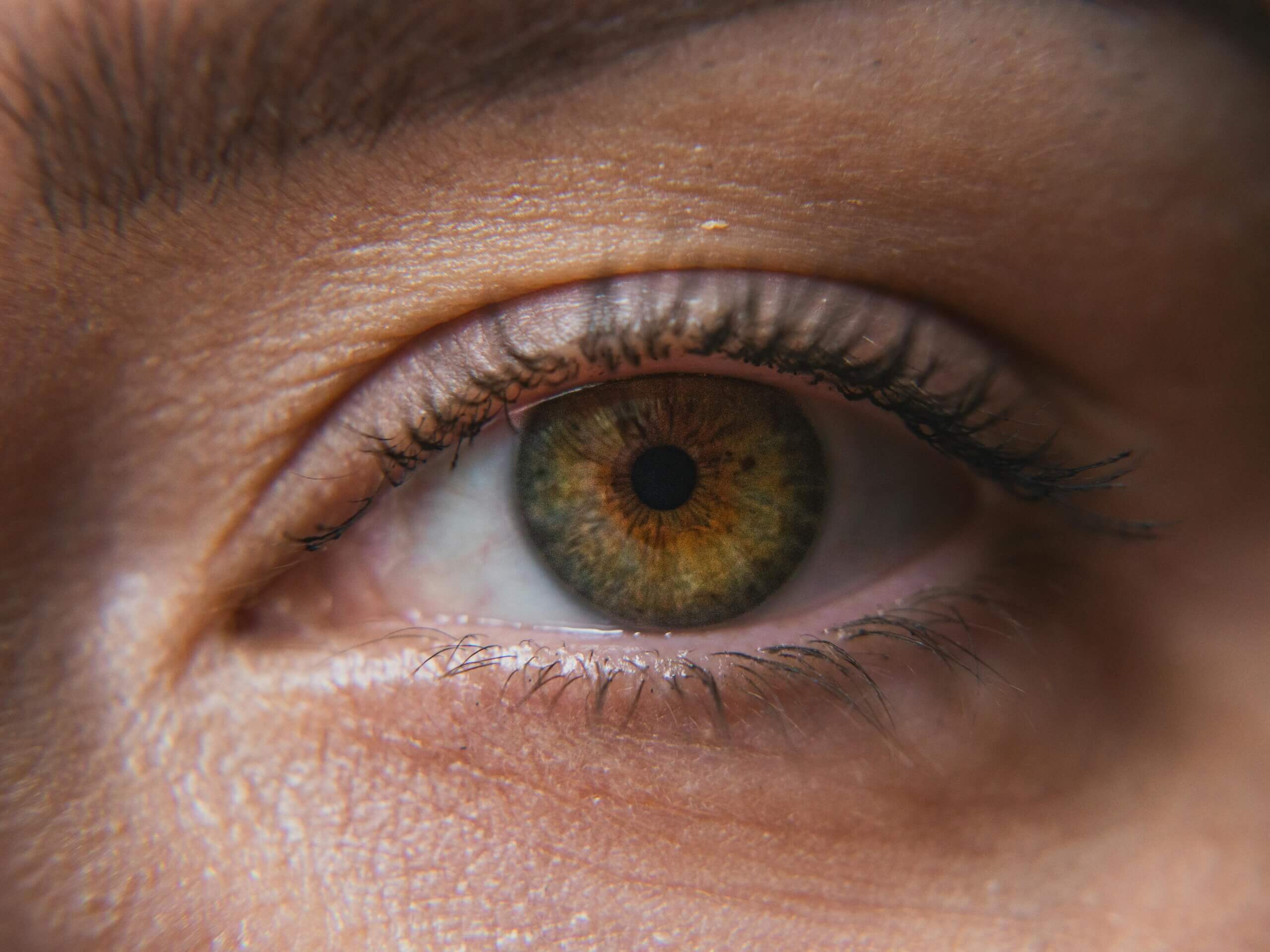
Rob Talley
Content Writer - KingEssays.com
16.06.2023
The best social marketers tell the story behind the brand.
But why paint pictures through words when images are worth so much more? It is noted that visual content drives engagement 90% faster than text. Images and video enable media strategists to portray a brand or message through interactive experiences that pique user interest.
But, being a part of KingEssays.com, I should say that more than a thousand words and pictures are worth a heavy lawsuit if not you’re not careful. Plenty of gray areas exist within the diverse and complex landscape of visual online content.
In this informational post, I’ll teach you how you can add a visual component to commentary without breaking the barriers of intellectual property.
The Current State Of Royalty Free
“Show, not tell” is the name of the content game. But even posting that cute puppy photo plucked from Google can cost you.
Copyright infringement violations aren’t limited to corrupt media strategists. Novice or otherwise ignorant content creators could face hefty statutory damages.
It is stated the fees go as high as $150,000 per infringement. For many small businesses, taking a hit of any dollar amount could mean closing your doors.
Before you post, here’s what you should know:
- Royalty-free vs. right managed
As you search the web for low-cost or “free” visual content, realize the web is not public domain. Before you pay, steal, or borrow, read the fine lines.
Royalty-free entitles you to make a one-time payment for unlimited use of the non-exclusive purchased content. Rights Managed grants exclusive, time-limited, and specific use of images and footage.
- Attribution means nothing
Link-backs, “shout-outs,” and tags won’t save you from copyright infringement. Google Images is not a database for free photography.
Before you copy and paste to your blog post, visit Creative Commons. The service offers individual creators a variety of licenses for their work. Bloggers and business owners can search the site for shared work covered under an attribution-only license.
- Take-down compliance won’t set you free
Avoid getting a nasty DMCA (Digital Millennium Copyright Act) Takedown Notice. While better than a lawsuit, a takedown notice is grounds for unnecessary conflict.
If you must use someone else’s work, just ask the creator for written permission. He or she might be flattered enough to oblige.
Adding Video To The Mix
Driving marketing and social media efforts through imagery is a minimum requirement to compete within the marketplace. Gain advantage in the digital sphere using high-quality videos to attract and engage prospects.
Adding video to blog posts generates 267% more links than a text post. Avoid potential hassles of copyright infringement without sacrificing quality.
Shutterstock video footage is now available for use by anyone with an account on the site. Choose from hundreds of high-quality royalty-free videos (and images too). Have peace of mind knowing your posts are professionally created and legally sound.
Make The Most Of Your Royalty-Free Investment
Royalty-free content provides an excellent alternative to costly production and creation of graphics. Editing photos and images add a personalized touch to stock photography. Even more captivating, royalty-free footage takes viewer engagement to new heights.
What can you do with high-quality videos?
Use stock content to showcase the sites unseen. For example, travel bloggers can produce captivating videos showcasing the beautiful Hawaiian landscape without spending their earnings to travel on-site to create high-quality videos that capture views from anywhere in the world.
Purchase stock footage to capture the timely events. Looking to draw attention to the negative effects of global warming? Include stock footage of ice caps melting or calving glaciers to enthrall viewers.
-
Live in the past, no need to time-travel
Royalty-free footage options go back in time. Now, style bloggers can use vintage footage to showcase recurring trends like Mod fashion. Tech firms can create parodies using footage of old record players or tape recorders. The options are endless.
The Future Of Visual Content
Reputable content-sharing sites like Google and YouTube encourage a future of credible creativity. The continued use of rigid monitoring methods instills user confidence and integrity. Alternative resources for visual content rise as user demand for high-quality online content increases.
Whether you’re creating content of your own or using images and footage from the Web, protecting intellectual property is crucial. Stock photo, video, and content companies continue to serve as a hub for access to secure creative works.
Conclusion
So, let’s summarize all the rules and tips you should keep in mind when using someone’s visual content for your marketing campaigns:
- Visual content is more engaging than text, but be careful about copyright infringement
- Royalty-free content allows for unlimited use after a one-time payment, while rights-managed content has specific limitations
- Attribution does not protect from copyright infringement
- Written permission is necessary to avoid DMCA Takedown Notices
- High-quality videos increase conversions and links, and Shutterstock offers royalty-free options
- Editing stock content adds a personal touch and can showcase unseen sites or capture timely events
- Vintage footage options allow for creative potential
Leverage the power of top-notch visuals with ReVerb’s professional design team!





